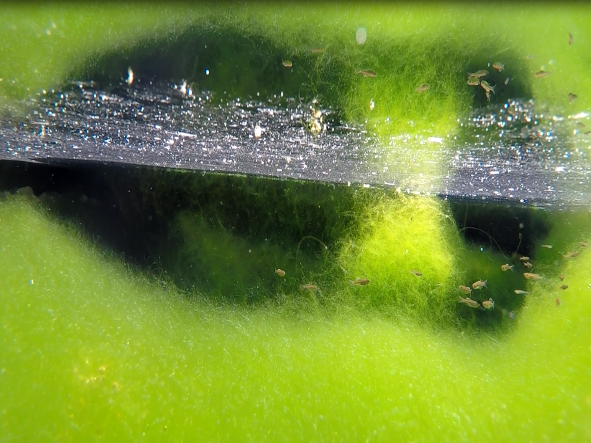Post-monsoon community structure of fisheries in the Nikachhu river at the Nikachhu Hydropower Project area
An attempt to standardize and improve hydropower impact assessment approaches in Bhutan
Keywords:
Catch per unit effort, monitoring, population structureAbstract
Realizing the expanding nature of hydropower developments and their consequences on aquatic biodiversity, hydropower regulators and promoters in Bhutan are mandated to address impacts through the implementation of conservation and management plans devised through regular monitoring. This study presents findings from post-monsoon monitoring (October – November 2021) conducted at Nikachhu within the vicinity of the Nikachhu Hydropower Project. A paired t-test (at p = 0.05) conducted during the advanced stage of construction-phase indicated no significant differences among the assessed biotic and abiotic variables with exception of temperature (p = 0.023) between the upstream (control) and downstream (impacted) stretches of Nikachhu. The upstream stretch was dominated by Salmo trutta, whereas Schizothorax richardsonii dominated the downstream stretches. The exclusive occurrences of glyptosternids were reported from the upstream (Creteuchiloglanis sp.) and downstream stretches (Parachiloglanis sp.). The species richness (S), abundance (n) and catch per unit effort (CPUE) decreased from the upstream to the dam construction site and gradually increased thereafter. The highest catch per unit effort and abundance recorded from sites away from anthropogenic influence and natural extremities suggest the combined influence of these factors on fishes. However, the lack of standardized sampling data from earlier monitoring makes spatio-temporal impact assessment unreliable. Hence, the implementation of adaptive approach-based standardized long-term monitoring (qualitative and quantitative) should be considered for the holistic realization of conservation actions related to future hydropower developments in Bhutan.

Downloads
Published
License
Copyright (c) 2022 Bhutan Journal of Animal Science

This work is licensed under a Creative Commons Attribution 4.0 International License.





